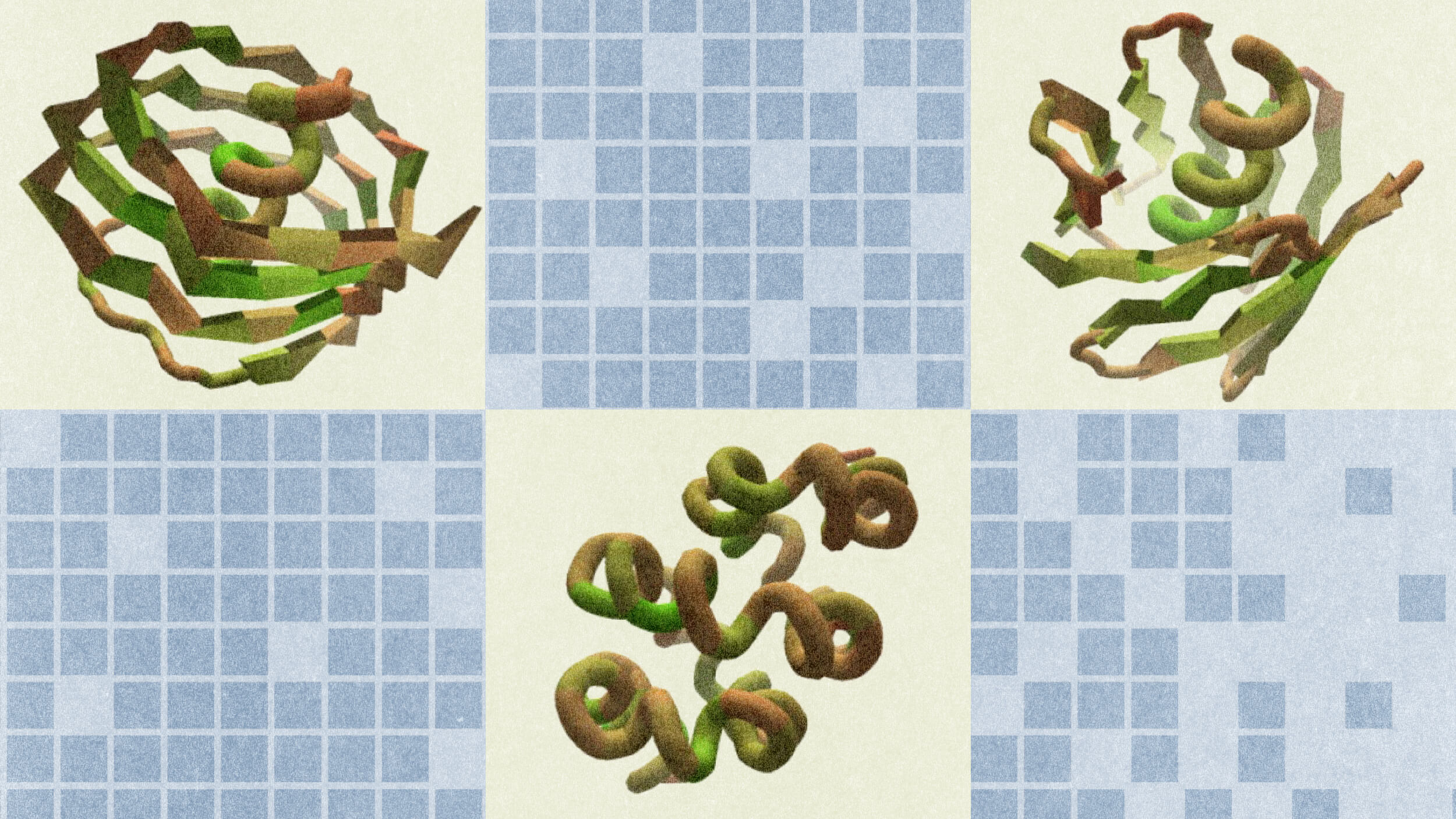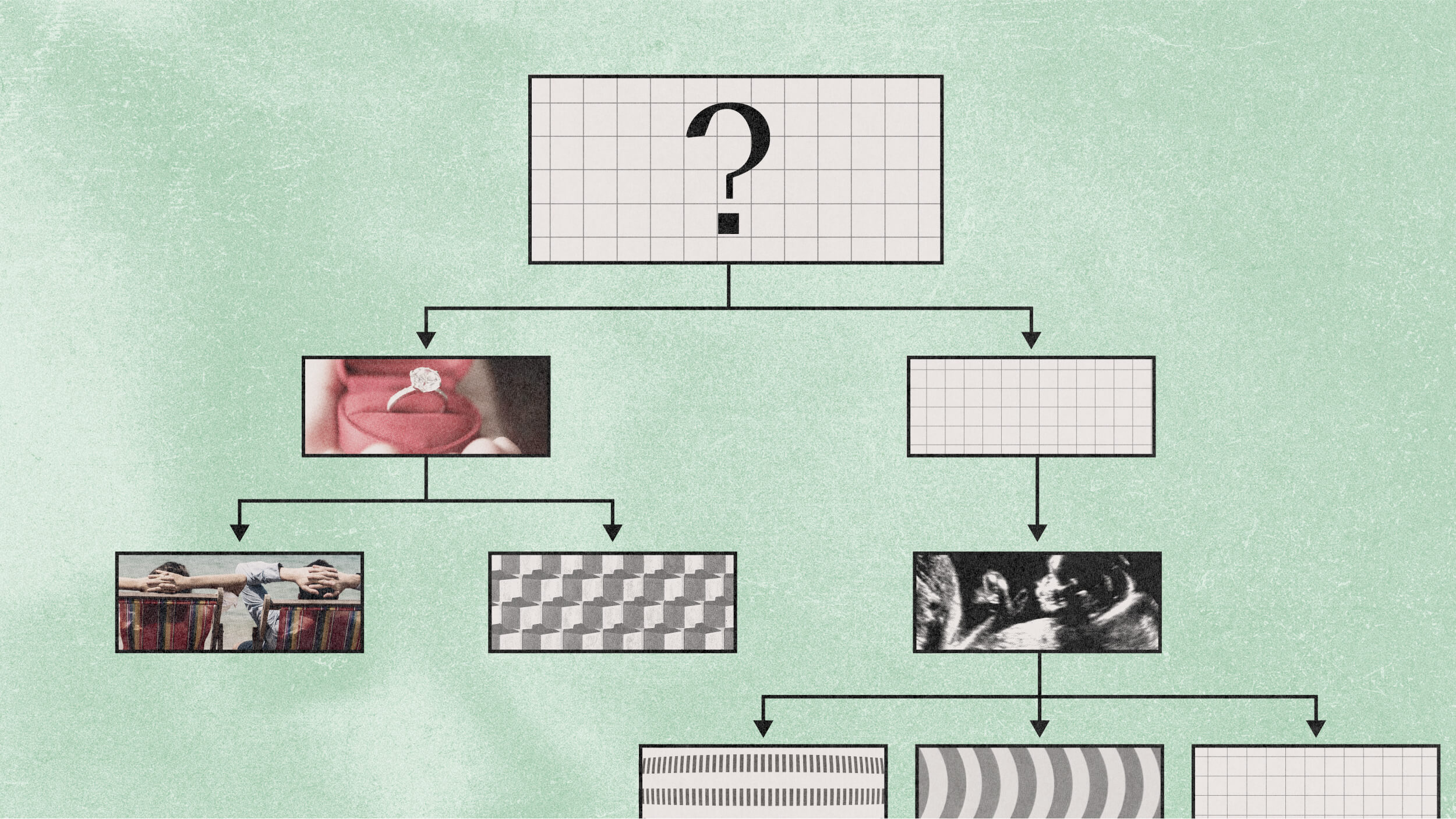After spending the first years of his life in an Anglican household in Nairobi, the path was in no way clear for Richard Dawkins to become a scientist. Here the legendary evolutionary biologist chronicles his passion for the field, describing his first discovery as well as his favorite research project.
Question: Did you know that you were going to be a scientist from a young age?
Richard Dawkins: No, I didn't know I was going to be a scientist from a young age. I suppose I was interested in science. I can remember at the age of about six being fascinated by the planets and learning all about Mars and Venus and things. I wasn't much of a biologist as a child. My father had been and gave me all the right influences, and my mother too. I went into the biological stream at school, pretty much drifted in. I suppose it was about my best subject, but it wasn't an obsession with me like it is with many birdwatchers and bug hunters, people like that.
Question: When did you decide you would devote your life to science?
Richard Dawkins: I never really decided that until I was at Oxford, at the age of about twenty, I suppose. So it wasn't at school. At school I kind of drifted into the biology sixth form, and then I knew I was always going to try to get into Oxford. And I did get into Oxford to read zoology, but I didn't really become fired up and realize that this is how I want to spend my life until about my second year at Oxford; I must have been about 19.
Question: What was your first scientific discovery?
Richard Dawkins: My doctorate, my D.Phil. at Oxford, was about decision-making in animals. And I happened to work with baby chicks, but it could have been anything. And I suppose my first discovery was of a mechanism that plausibly could be going on inside the head of a chick or any other animal when making a choice between two alternatives. It was not a piece of neurological research, which it might well have been. I mean, one could have been looking at cells in the brain and looking for mechanisms of decision-making there. But my method was more the black box method, where you don't open up the animal at all; you watch its behavior and you develop theoretical models, deduce mathematically predictions from your theoretical models, and then test those predictions against the facts -- do experiments to see whether they're true. And that's a sort of classic scientific method, the black box technique. And I used that and really rather successfully. I developed a model, used some simple algebra to deduce predictions from the model, and then did experiments which extremely accurately fulfilled those predictions.
Question: What is your favorite research project you’ve done?
Richard Dawkins: Well, my original doctoral research -- oh no, I'll talk about something else. With my first wife, Dr. Marian Stamp Dawkins, we worked on what it means to say that an animal has made a decision. If you watch the muscular movements of an animal -- we were working again on chicks, particularly drinking behavior in chicks. When a chick -- indeed, when any bird, pretty much -- drinks, it puts its bill into the water, and then it kind of scoops the water up in the bill in a rather graceful curve, and then the water kind of trickles down the gullet. And that's a very stereotyped movement. We filmed it; we filmed chicks doing this. And then we analyzed the movement frame by frame. Our definition of a decision was based upon the idea that decisions occur at the beginning of fixed action patterns, which are sequences of movements which are very stereotyped and which don't vary.
So something like that drinking movement -- down into the water and then curve up -- is a fixed action pattern. Once it starts, we conjectured, it won't stop. So a decision is the beginning of a fixed action pattern, which determines the next however many it is frames of film on our frame-by-frame analysis. So if you looked at the frames of film, you could actually measure -- and we did this -- the predictability of each frame as a function of the preceding frames. We plotted a graph of the predictability measured in information theory, measured in bits of information -- the predictability of each frame as a function of the preceding frames. And we found that when the chick began a fixed action pattern such as drinking, the predictability shot up and stayed up during the duration of the fixed action pattern. And then it shot down again, and the behavior became unpredictable; you couldn't tell what was going to happen next for a while, until it entered another fixed action pattern, when the predictability again shot up. This was a quantitative measure -- obviously, drinking itself is not of great interest -- but what is of interest is that you can quantitatively measure and express.
Recorded on: October 21, 2009






